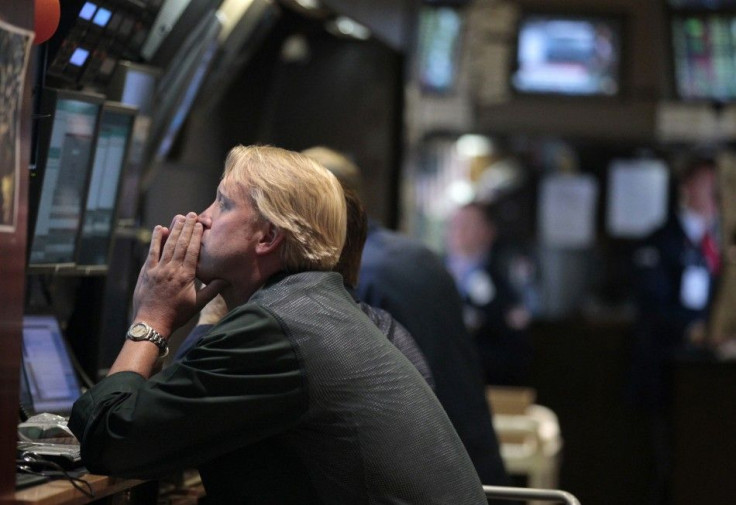U.S. Stocks Open Lower Following S&P Debt Downgrade

U.S. stocks have opened with heavy losses on Monday morning, as anticipated, following the decision by Standard & Poor’s on Friday to downgrade the U.S. government’s long-term credit rating to AA+ from AAA.
In opening minutes of trading, the Dow Jones Industrial Average is down 1.2 percent, S&P 500 has slid 2.2 percent and Nasdaq has fallen 3.1 percent.
Meanwhile, crude oil futures have tumbled more than 3.7 percent to about $83.64 per barrel, while gold is surging 2.8 percent to about $1,695 per ounce (just beneath its all-time high).
Treasury yields have slipped to 2.47 percent, as investors seek safe-haven assets (despite the fact that it was these securities that were, in fact, downgraded).
David Bianco, Chief U.S. Equity Strategist at Bank of America-Merrill Lynch wrote in a report that there might be some cause for relief among harried equity investors.
“We have always said that the stock market's reaction to a US rating downgrade would depend on the bond market, and that a muted bond market reaction would lead to a small but recoverable stock market decline,” he said.
“But given the S&P 500's steep decline last week, we think it is very possible that stocks will stage a respectable ‘on the news’ rally this week provided fixed income markets simply stay orderly.”
Bianco added, however, that a key question in assessing how much stocks may rebound in coming days - or decline further -is whether the rating downgrade, or anything else, will tip the US into recession in the near-term?
“We do not expect this correction to turn into a bear market, and we reiterate our 1400 S&P 500 year-end target,” he noted.
© Copyright IBTimes 2024. All rights reserved.











